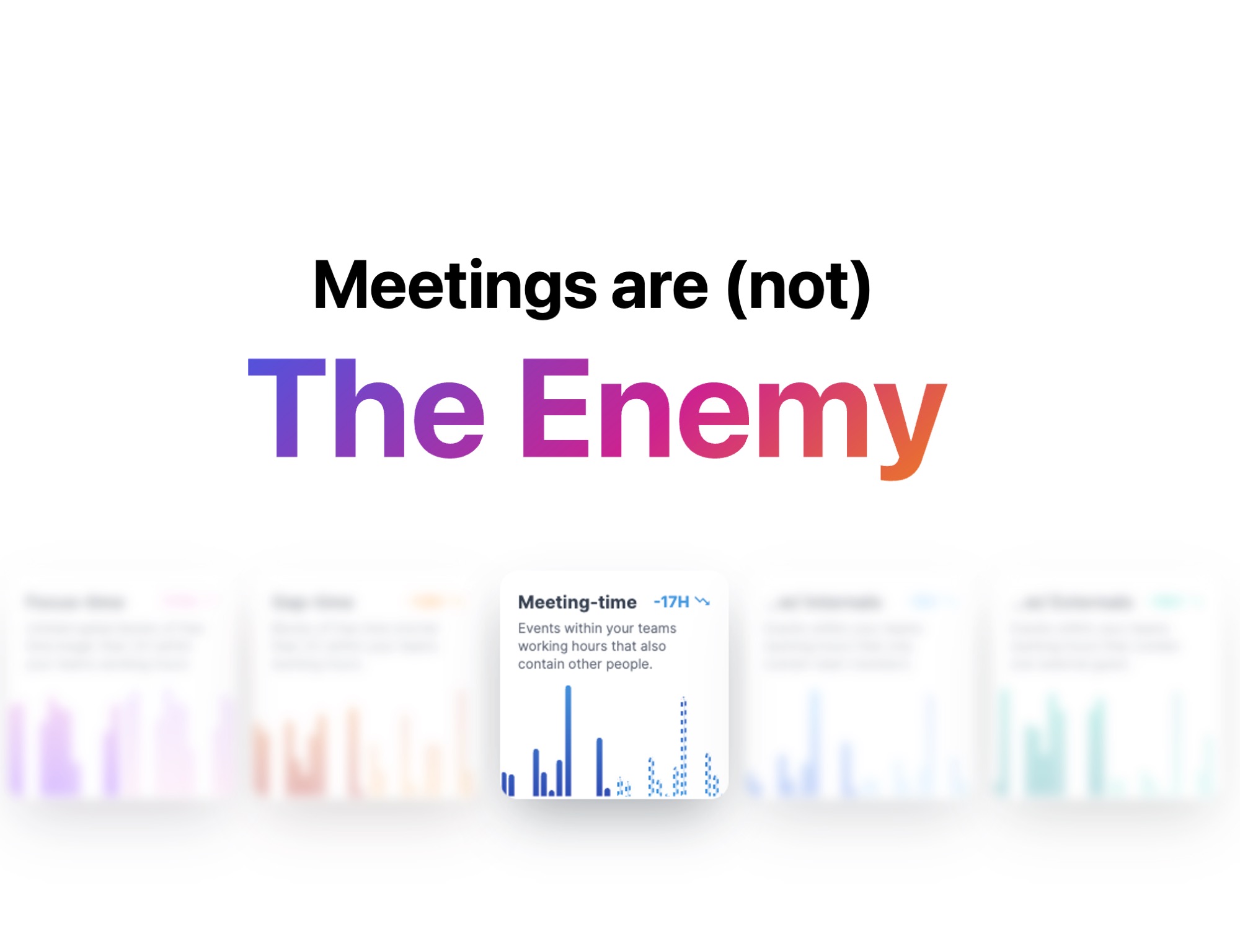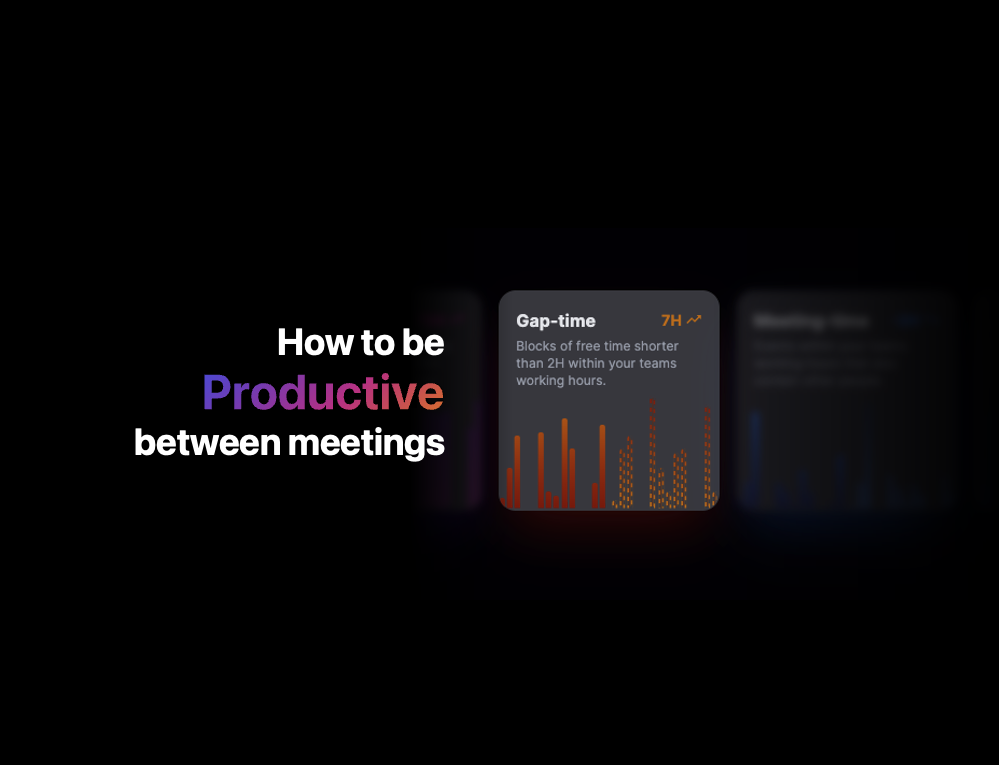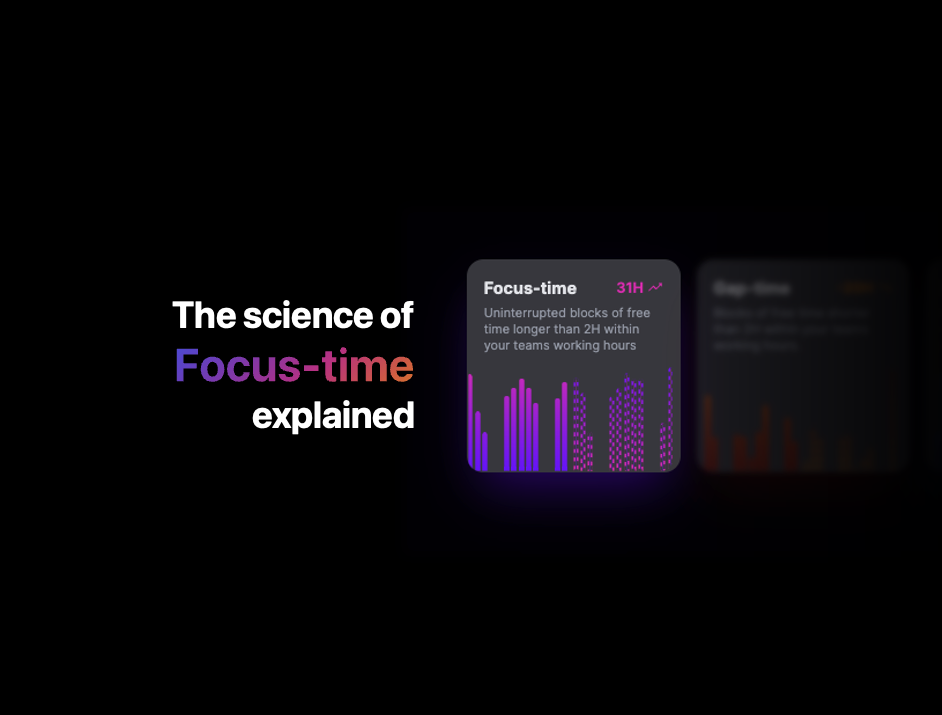How Adeptmind approaches one-on-one meetings
9 min readJesse Michael puts a heavy focus on helping his team grow through critical thinking. Learn about how he uses "coaching contracts" to build trust and set expectations with his team.

We recently sat down with Jesse Michael, Head of Sales and Strategic Partnerships of Adeptmind to talk about coaching contracts, the importance of mental health in the workplace and of course, one-on-one meetings.
Quick facts:
- 👥 35 employees
- 👩💻 8 direct reports (2 directors, 3 managers and 3 ICs)
- 🏢 Onsite team
- 🤓 Experienced manager of managers and ICs
How often do you have one-on-ones with your team?
Across all of my direct reports, I have one-on-ones weekly for 30 minutes. However, I like to slot in extra time on my own calendar when there’s a lot going on in a direct report’s week, which is when our meetings will generally run over. However, if we end up running out of time and my direct report has a hard stop, we schedule more time later on in the day or week to continue the discussion.
Who owns the one-on-one?
My direct reports. Generally, it’s up to them to dictate how this time is used. However, with individuals who are newer to the workforce, the structure and the time (at least at first) is something that I’m more involved in. When it comes to managers and directors, I give them more free reign because they have a better understanding of how they’d like their on-on-one meetings to be run.
Why do you have one-on-ones meetings?
I approach leadership with the mindset that my job is to help others succeed. I have one-on-ones because they’re a great tool to support and coach my team on specific situations or areas of difficulty they’re facing where I can help improve their skills. I treat it as a dedicated time between me and an individual, where I can best support their growth and development.
How do you approach your on-on-ones?
It depends on who I’m having it with. The most common or familiar way I approach my role as a leader is through the lens of managing and coaching a sports team (mainly because I’ve been playing sports my whole life). For instance, in sports, you have a team of 20, which means you have 20 unique and different personalities on your team. There can be similarities across the team, be it your love for the sport or your desire to win, but at the end of the day, those 20 individuals are different. Each person will be going through something in their life, have their own goals (in professional sports, especially some are driven by money, some by winning, some by being the best at their job, just like the office). They’ll want to be coached and motivated in different ways as well, with others wanting feedback in ways that others will not. So, I take that same approach when it comes to my one-on-ones.
So, when it comes to my one-on-ones, I like to have the same sort of structure, but the way it’s handled will be different. Across all of my one-on-ones, especially at the start of the relationship, I’ll put in a lot of time towards getting to know the individual (regardless of seniority). I ask questions related to how they like to work, how they want to be coached, what the best way to give them feedback is, etc.
How do you prepare for your one-on-one meetings?
I will always review meeting notes from our last meeting. If there are any major changes in the company or directional changes in things they’re working on, I’ll make a note to bring those up. Leading up to our next meeting, I’ll also note down any problems they’ve identified leading up to our one-on-one and make sure that those things are addressed.
What do you find most challenging with one-on-ones?
Getting to a point where my direct reports bring solutions when they bring problems. At the start of most of my manager-employee relationships, I see that my direct reports will come to me with only the problem:
- “I don’t think this strategy will work.“
- “I believe this person is underperforming. Let’s fire them.”
- “My email response rates are low.”
If you’re used to a setting where someone solves your problems then it’s easy to fall into the habit of bringing up problems without solutions. However, I make it an expectation with anyone I work with that if you come to me with a problem, practice critical thinking and try to understand:
- Why does the problem exist?
- What’s a potential solution?
It’s less important that they come with the right solution to the problem and more important that they’ve thought it through so we have a productive discussion. Over time, my direct reports will start forming the habit of coming to one-on-ones with their problems and solutions.
How do you know if you’ve had a successful one-on-one meeting?
The person you’re having a one-on-one with says thank you. If you’re being thanked, especially when it’s genuine then you know that you’ve been able to provide your direct report with value.
Maybe your goal of the one-on-one was to tackle problems and eliminate roadblocks. If we’re able to identify three problems and solve all of them, that’s fantastic. However, if we were only able to solve one, but it’s an important one, that’s success to me. It makes my direct report feel like it was worth their time. The person on the other end feels like they’ve made an improvement.
What’s important to note is that you might not see the success of your one-on-one immediately during that meeting. You might not even see it that day or week. It might be that, a month after your meeting they come back to you and say, “Hey that advice really helped and I closed a deal as a result of it.”
That, to me, is what defines a successful one-on-one.
What are some of your go-to one-on-one questions?
Some questions I like to ask include:
- How are you feeling?
- Is there anything that I’ve said or done since our last meeting that you need clarification on?
- How can I help you succeed this week?
- How do you want to be coached?
- How do you prefer to receive feedback from me?
- Do you feel like I’m giving you enough feedback?
What is a “Coaching Contract”?
As a manager, I know that I can be very blunt and to the point when I give feedback and this can be a shock sometimes for new people that join my team. That being said, I know that it’s not how everyone likes to receive feedback. That’s where the coaching contract comes in.
A coaching contract is something that I started using during my time at Flipp. It’s basically a verbal contract between my direct reports and I on how we want to communicate with one another. When a new person joins my team, I’ll make time during our first one-on-one to discuss and determine what our coaching contract is. This is the process of explaining how I like to give and receive feedback, and communicate. But also, to learn about how they do as well.
To start this conversation off, I’ll usually say something along the lines of:
“Hey, this is the type of feedback structure I like to use. When giving and receiving feedback, I can be blunt and direct. I like to provide feedback in a way that will help you grow through reflection and critical thinking, rather than just tell you how to do your job because I believe that you have the skills to solve problems yourself. I also want you to realize that feedback is a two-way street. If you ever have any feedback for me, please feel comfortable to share that with me. This coaching contract is something we should both agree on so I’d love to learn more about how you like to give and receive feedback, as well as how you communicate.”
The goal of this initial conversation is to align on what that coaching contract is and agree on a structure that works best for the two of us. The most important thing with the coaching contract, however, is that it’s not a one and done deal. As a manager, you need to continue to consistently revisit this contract because as you build on your relationship over time, you’ll find things that work and things that don’t. Those will need to be discussed to ensure that you’re always improving the way you communicate and work with one another.
How do you create a psychologically safe space where employees feel comfortable opening up with you?
By being vulnerable yourself. Always. You can’t ever go into management expecting that your direct reports will open up to you if you don’t open up yourself.
That’s why I like to share any past experiences or challenges that I’ve had to endure to get to where I am as a sales leader today. I find that sharing these stories with my direct reports, allows them to learn a bit more about me and build up that safe space between us. It also gives them the opportunity to think, “Hey, if he’s gone through this, then I can get through this too.”
On top of that, mental health is something that’s extremely important to me. I’m very open about all of the measures that I take to be mentally healthy, which can be especially tough for people in a startup environment. Everyone is wearing all kinds of hats, goals are aggressive, the workload even more so. That’s why I’m open about my experiences because it’s my hope that, as a result, my team and I can continue to build more rapport and create a psychologically safe space where we both feel comfortable sharing feedback, hardships, etc.
Want to learn about how other people managers run one-on-one meetings? Check out these other interviews:


